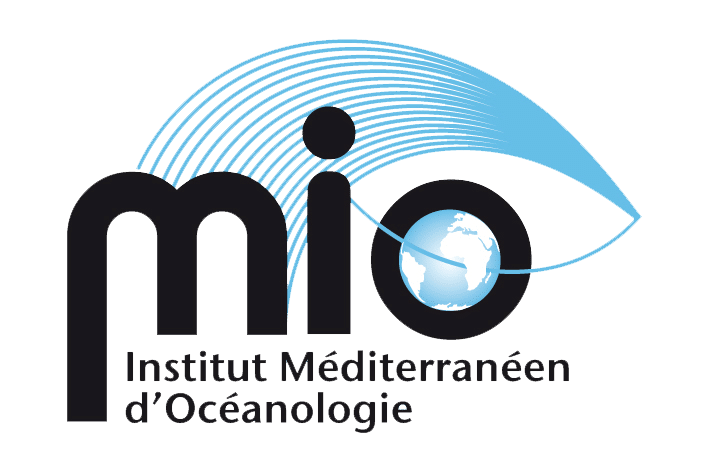Oral defence on 2 October 2020
Title : Inputs and sedimentary geochemistry of trace metal elements in two urbanised Mediterranean coastal areas: Beirut (Lebanon) and Toulon (France)
Jury :
Ms Elbaz-Poulichet Françoise, Research Director, University of Montpellier, Rapporteur
Mr Gagné Jean-Pierre, Professor, Institut des sciences de la mer de Rimouski, Rapporteur
Mr Billon Gabriel, Professor, University of Lille 1, Examiner
Ms Grosbois Cécile, Professor, University of Tours, Examiner
Mr Schäfer Jörg, Professor, University of Bordeaux, Examiner
Ms Abi-Ghanem Carine, Senior Lecturer, Lebanese University, Co-supervisor
Mr Garnier Cédric†, Senior Lecturer (HDR), University of Toulon, Co-director
Mr Khalaf Gaby, Professor, CNRS - Lebanon, Co-director
M. Mounier Stéphane, Senior Lecturer (HDR), University of Toulon, Co-director
Abstract: The Mediterranean Sea (MS) is a semi-enclosed sea divided into two basins: the western basin and the eastern basin. The two Mediterranean sites studied in this thesis are located in each basin respectively: Toulon Bay (north-west of MS and south-east of France) and St-Georges Bay (east of MS, Lebanon). Both sites are densely populated along the coast and are exposed to numerous anthropogenic activities (such as tourism, maritime transport, aquaculture, wastewater discharges and industrial activities) contaminating the environment (water column, sediments, biota, etc.) with various pollutants such as trace metals and metalloids (TMEs). Each site is characterised by the presence of an urbanised river: the Las (France) and the Beirut (Lebanon). Sediments are considered to be a secondary source of pollution due to the biogeochemical processes influencing the mobility of MMTE in sediments. In this context, the objectives of this thesis are (1) to study the contamination of MWTE along the rivers and in the two bays; (2) to elucidate the influence of early diagenesis on the mobility of MWTE; and (3) to characterise the sedimentary organic matter in the two sites. For these reasons, surficial sediments, sediment cores, surface and pore waters were collected along both rivers and in both sites during the period 2016 - 2018. The sediment and water samples were analysed to determine their main physical parameters, nutrients, organic carbon (dissolved and particulate) and major/trace elements. The results showed that early diagenesis processes strongly control the mobility of ETMM in sediments. In addition, the results confirmed that the Toulon harbour is heavily contaminated as a result of the Second World War and contemporary activities, and that Las inputs do not contribute to or significantly affect the sediments in Toulon bay. As for St-Georges Bay, we found that it is impacted by several activities (industrial effluents discharged without treatment, run-off from the agricultural zone) transported by the Beirut River and/or by direct inputs (coastal landfill).




